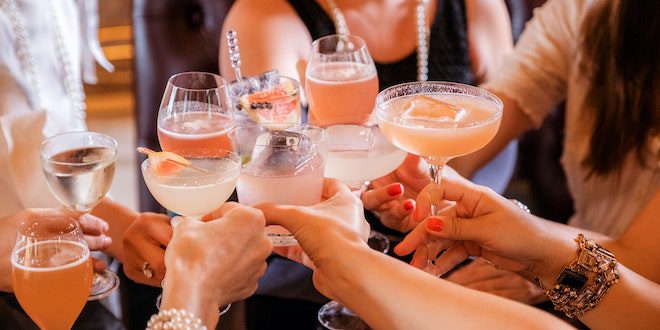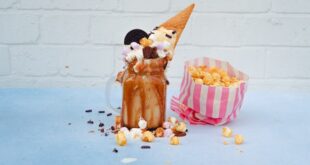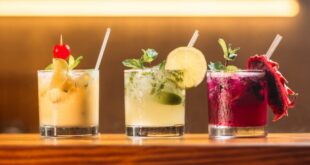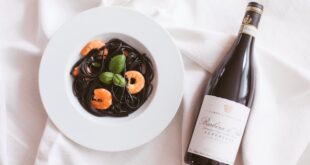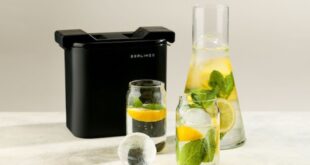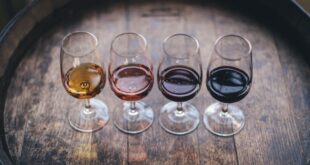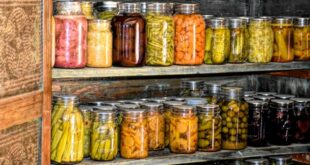Last Updated on May 2, 2023
Champagne has become a stable for timeless toasts and celebrations across the globe. Its popularity has increased of late as drinkers have adopted a more free-flowing approach to champagne consumption, enjoying a flute or two as they please and not only on special occasions.
With a range of Champagne to choose from, it’s understandable to question if a bottle is worth the heavy price tag attached to it, or if a more budget-friendly bottle will do.
Why is Champagne so expensive?
History of Champagne
Champagne originated in the region of France in which it is named after.
In 1697, the French Benedictine monk Dom Perignon produced wines in this region. He tested various techniques of production which were new and innovative for the time, and as such is widely known as one of the main contributors to the invention of champagne as we know it today.
Legend has it that he said “Come quickly, for I am drinking the stars!” when he first tasted his champagne, although some believe this to be a marketing-generated myth.
Historians also link champagne to Christopher Merret, an English physician who documented his method of making wine fizz. Also, during World War II, locals of the Champagne region found refuge in the wine cellars underground, with some now a UNESCO World Heritage Site.
Under strict European law, only wine produced within a 100 mile radius of the Champagne region can be legally classified and labelled as ‘champagne’. Due to the heavy regulation in France, wine makers must comply with the regulations in order to have the official status, Appellation d’origine controlee (AOC), on the bottle’s label.
When the bottle has AOC, it is legitimate. Regulations for production include the grapes used, most notably varietals such as chardonnay, pinot noir, pinot blanc, pinot gris and pinot meunier. They also include the vinification process, featuring Perignon’s famous second round of fermentation.
Champagne Today
View this post on Instagram
Champagne is still a classic drink for celebrations, however people have been enjoying the drink more regularly for less-traditional celebrations and also every day fun. Wine makers internationally have adopted the processes of champagne production to create their own sparkling wines, and the greater accessibility has lended a hand in the increased popularity of this starry beverage.
Often, people pay high premiums for the name, label and status attached to traditional champagne, most often luxury vintage labels. Established champagne houses have generated international respect for their craftsmanship and artisanal quality of produce, coupled with maintaining a sophisticated reputation.
These reputations have been enriched for not only decades, but for some, centuries.
High prices not only reflect the status of the champagne house, but also the resources needed for production. The labor and equipment required to produce wine, especially champagne and sparkling wine is expensive.
Maintaining the prosperity of the land is time consuming and costly, and this increases with the size of the vineyard. The quality of the champagne is dependent on the quality of resources used, and the time taken to produce Vintage Champagnes is reflected with the high price points.
Different factors can be taken into account when attempting to differentiate the experience of champagne, as it is an experience after all. For example, vintage champagne has had a longer fermentation and storage process, resulting in smaller bubbles and a smoother taste.
Cheaper champagne is not necessarily worse in taste comparatively. It has the same elements of luxury champagne, although it should be referred to as sparkling wine because there are few legitimate champagnes that are indeed budget-friendly.
Traditionally, sparkling wines have had shorter processing times as they are intended for immediate consumption rather than waiting ten-years like a vintage champagne. Sparkling wine is optimum ‘young’ and therefore not worse or better than champagne, it has the elements of being just as enjoyable as an expensive bottle of champagne.
Luxury Champagnes
If you want to truly taste the stars as Perignon put it, luxury champagnes are the go. You can choose between either vintage or non-vintage, depending on what taste you are looking for. For something unique, a vintage would be an exciting endeavour. If you want to stick to the classics done well, a non-vintage is optimal.
View this post on Instagram
Vintage
Vintage Champagne comes from a single vintage grape that has been matured for a minimum of three years. Vintage Champagnes are praised for their unique qualities, with each batch producing different tasting notes from the last due to the differing seasonal grapes. They are not always available for purchase, with Champagne houses releasing few bottles in select years.
- High-Price Point: Krug
- Mid-Price Point: Dom Perignon
- Low-Price Point: Moet et Chandon
Non Vintage (NV)
Non-Vintage Champagne is a blend of multi-vintage grapes for a minimum of 15 months. Non-Vintage Champagnes are praised for their familiarity, as their tasting notes remain similar and consistent throughout each annual production.
- High-Price Point: Veuve Clicquot
- Mid-Price Point: Moet et Chandon
- Low-Price Point: Mumm
Budget Champagnes
Want to enjoy the bubbles without breaking the bank? Here are the top budget champagnes for both sparkling and prosecco.
View this post on Instagram
Prosecco
Slightly sweeter and lighter than Champagne and sparkling, Prosecco is the Italian version of a bubbly beverage. Originating in North-Eastern Italy, it uses the glera grape. Its differentiation with Champagne lies in the fermentation process, as the second round of fermentation is undergone in a tank rather than individual bottles. The liquid is then bottled under pressure, creating the prosecco. Wine made with this process is designed for earlier consumption.
- High-Price Point: De Bortoli
- Mid-Price Point: Brown Brothers
- Low-Price Point: Yarra Burn
Sparkling Wine
An Aussie favourite, sparkling wine is considered to be any wine with bubbles that is not classified as Champagne or Prosecco. The method of production depends on the location of the production, with wineries all around Australia and the world making many non-vintage sparkling wines for drinkers to enjoy.
- High-Price Point: Chandon
- Mid-Price Point: Grant Burge
- Low-Price Point: Yellowglen
 Travel for Food Hub The Food Blog for Travel Lovers
Travel for Food Hub The Food Blog for Travel Lovers

